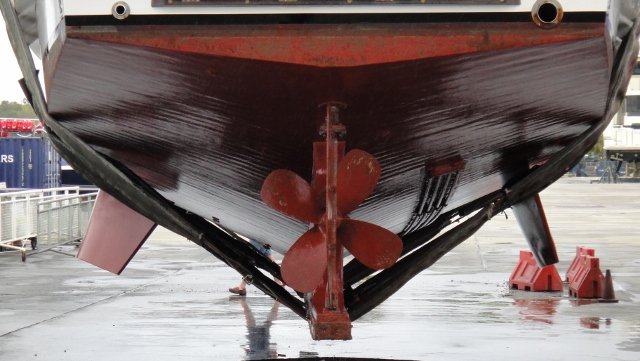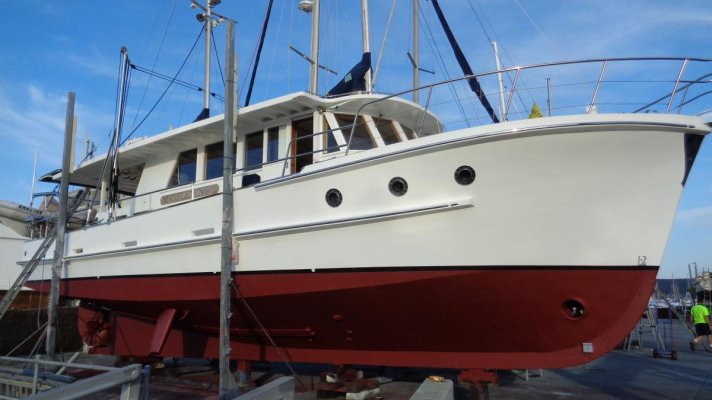Gordon J
Guru
- Joined
- Jul 23, 2015
- Messages
- 1,081
- Location
- USA
- Vessel Name
- Didi Mau
- Vessel Make
- Currently looking for next boat
My wife and I are considering a modified V hull boat, semi displacement something like an ocean Alexander 423 or 456. We are wondering how necessary or desirable stabilizers would be on such a hull. We are going to be cruising mainly in the ICW and hope to do the great loop. When doing the ICW we would expect to be able to go outside occasionally as weather permitted. We would also like to go back to the Bahamas.
We are former sailboat owners and are just wondering about the pros and cons to stabilizers and the relative worth of same.
I would appreciate hearing any comments from those with experience.
Thanks,
Gordon
We are former sailboat owners and are just wondering about the pros and cons to stabilizers and the relative worth of same.
I would appreciate hearing any comments from those with experience.
Thanks,
Gordon



